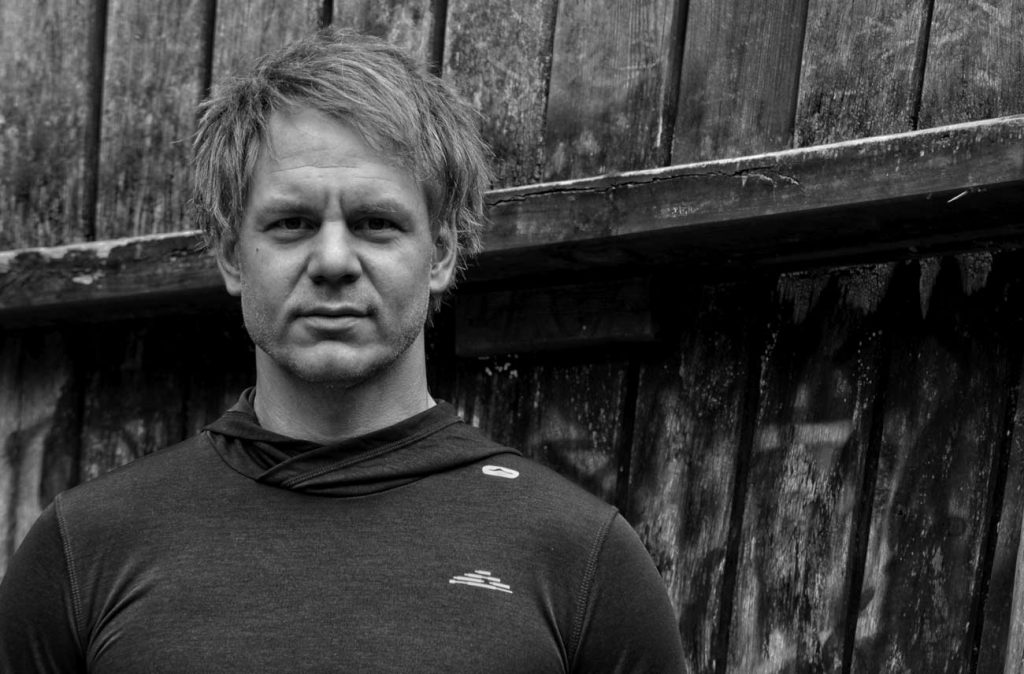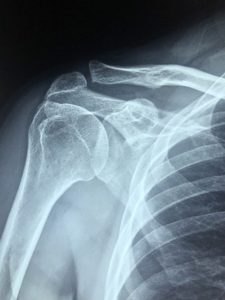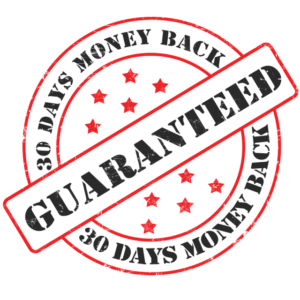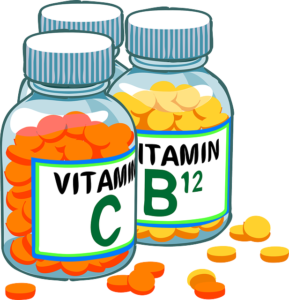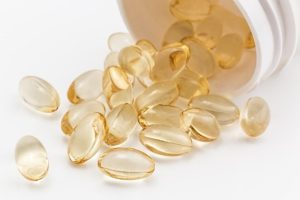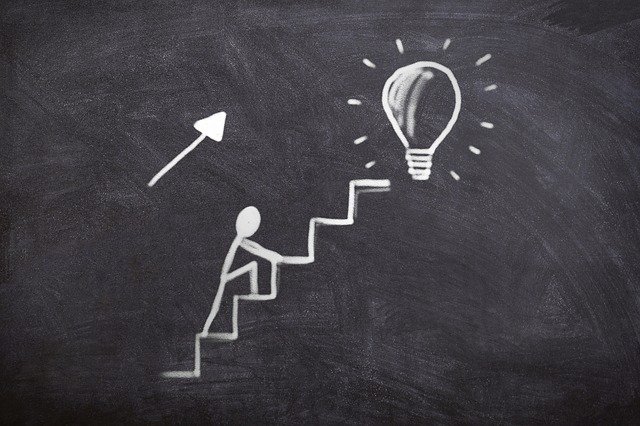The pain relieving expert explains: Tendinitis in the wrist and why rest cannot solve the problem.
Who has seen this before or experienced it themselves? Cashiers at the till have a blue “thing” around their wrist? Have you ever asked yourself what it’s for? Obviously, these people are in pain and the so-called “wrist brace” is supposed to relieve them.
Does it work permanently? I’ll come to that in a moment.
People who often sit at the computer often have to deal with similar problems.
Simply typing in a search engine: -Wrist pain support – opens up pages and pages of results. So it seems to be quite a common problem.
The doctor, after you just can’t stand the pain any more and go to him for relief from this condition, usually does 5 things: The palpation, A movement test, The X-ray or MRI, The diagnosis and the solution.
The diagnosis is very often “tendonitis” or “carpal tunnel syndrome”. Am I wrong? ![]() Conventional solutions are very often 3 things: Immobilisation, cooling if necessary and anti-inflammatory ointments or pain medication.
Conventional solutions are very often 3 things: Immobilisation, cooling if necessary and anti-inflammatory ointments or pain medication.
The patient’s hope: A lifelong condition, so that one no longer has to deal with this very annoying and above all unpleasant problem.
Imagine a 20kg stone falling on your right foot. And in order to earn money, you have to hop around with this right foot 5 times a week for 8 hours. Have fun! But you can’t stop either, then you don’t have the income. A vicious circle, isn’t it?
So the “blue thing” is strapped on to help. Permanently and for life? Well… an idea? Not really, is it? You wear the “thing” until it’s halfway bearable again, unstrap it until it’s unbearable again, strap it back on… and so on. This is often combined with taking painkillers. In order to maintain condition XY, not to improve it – just to maintain it, I voluntarily give up quality of life, until the end of my natural working life. So far so unpleasant.
Can I support you here, as a pain expert? Of course I can…
-If I move a part of the body, in this case the wrist and the fingers, countless times in one day over 8 hours, over 5 days, over 12 months, over years in one direction – it is like a muscle that is permanently trained.
Every day, without a break. In addition, the tendon sheath is very susceptible to overstress due to fast, constant and strenuous movement sequences and to overstimulation. How does the body report an overload to the “central office”? Through pain switching, how else?
A telephone where the hand calls into the ear and says: “Stop this one-sided movement, I need a break.” does not exist. When does an overload happen? When the body recognises that a structure is about to be damaged. Because the pain is supposed to make the damaging movement more difficult and even prevent it. It usually does. You remember? ![]()
It’s just unlucky, when you earn your rent with this movement pattern, isn’t it?
Summary: Remedies, including shortcuts, are provided by expert knowledge. This will costs money. The alternative is to search for a permanent solution yourself. Both are equivalent.
One just doesn’t take as long. Now it depends on how much time you have.
As always, I am happy to answer any questions you may have.
Stay strong. Oh, by the way, new appointments are possible again. ![]()
Until then.


